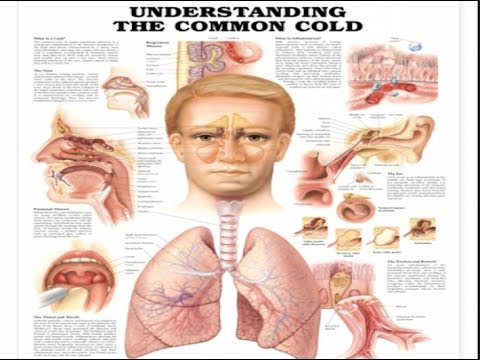
There are several different types of common colds, and it can be confusing to figure out what type of cold you have. However, there are some key differences between each type. The most common cold virus is the rhinovirus, which is primarily active during the spring and summer months. These viruses only cause a mild case of the cold, and rarely make people very sick. The most common type of coronavirus is the RSV, which causes 20% of colds. There are also 30 other types of coronavirus, including the influenza virus and parainfluenza virus. These are more severe and can cause pneumonia in young children.
While common cold viruses are often harmless, there are many complications associated with them. Although the symptoms of a cold usually clear up in a couple of days to a few weeks, they can often lead to a more serious infection. This could include a sinus infection, ear infection, or acute bronchitis. Some people even develop chronic bronchitis or asthma, which can lead to long-term illness.
Although anyone can develop a cold, the season that is most likely to cause a cold is during fall and winter. The cold season begins in late August and runs until the end of March. The cooler, dryer weather can make nasal passages more vulnerable to bacteria and viruses. Therefore, a common cold is a major health concern. It’s important to take precautions. You may want to avoid contact with people who have asthma or chronic lung disease.
In severe cases, the common cold virus can lead to secondary infections, such as bacterial or middle ear infections. If you suspect that you’re suffering from a cold, you should seek medical attention immediately. It’s important to keep the area around your mouth and nose clean. If you’re concerned, don’t touch your eyes or nose with a person who has an infection, or else you could catch it. The cold virus thrives in low-humidity environments.

The most common type of cold is a respiratory infection caused by a virus known as rhinovirus. These viruses cause up to 30% of colds in adults and are the most common cause of asthma in children. Researchers have identified 99 different types of rhinoviruses, which are responsible for about 85% of all colds. In addition to the viruses that cause the common cold, there are other unknown types of viruses. The most dangerous of them is the rhinovirus. You can learn more about this on the website Matcha Suri.
There are different types of colds. The most common type is rhinovirus. It accounts for about thirty to thirty percent of all colds. In addition to rhinovirus, there are adenovirus, orthomyxovirus and coronavirus. There are more than 200 types of cold viruses. The most common ones are coronavirus, adenovirus and adenovirus.
The most common type of cold is rhinovirus. There are more than 100 types of rhinoviruses. The most common species are found in spring and autumn. Other viruses that cause cold symptoms are called polioviruses and are also found in the respiratory system of animals. If you have rhinovirus, you will most likely experience symptoms of a typical cold. But if you have other viral infections, you need to see a doctor for diagnosis.
The most common types of colds are caused by rhinoviruses. These viruses grow best at the temperature of the human nose. Although they usually do not cause serious health effects, they can cause serious infections. If you have a cold caused by a rhinovirus, you may get sinusitis or bronchitis. Both of these types of infections can lead to life-threatening conditions. Although many people experience mild cold symptoms, they can also develop respiratory illnesses that require antibiotic treatment.
The most common cause of colds is a human rhinovirus, which can cause a mild to moderate respiratory infection. This virus can affect up to six humans at a time, and causes up to six different types of cold in people. Fortunately, these types of viruses can easily be treated with over-the-counter medications. Most of these viruses can be recovered from in a matter of weeks, although they rarely cause life-threatening complications.